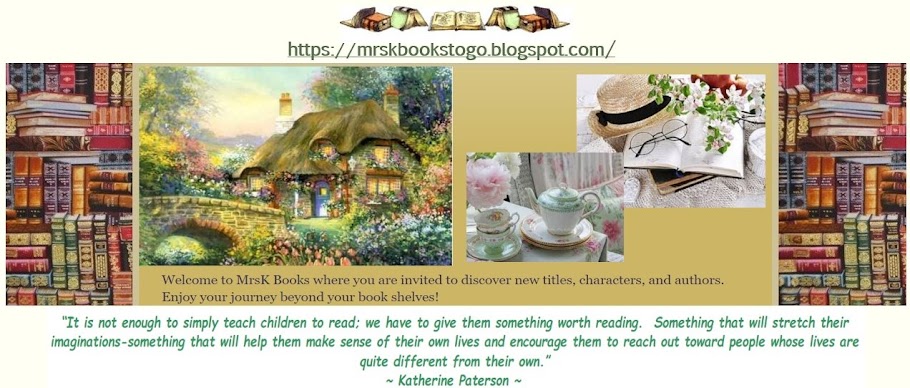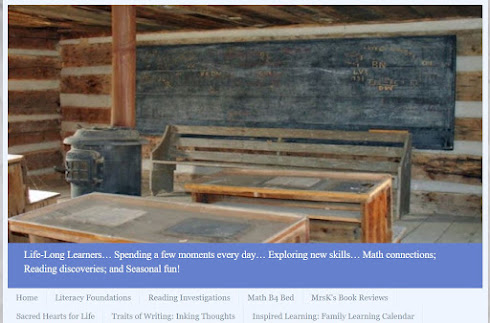ISBN: 9780770434984
Publisher's Synopsis:
Photography
legend John Shaw returns with his much-anticipated guide to digital
nature photography, complete with more than 250 extraordinarily
beautiful photographs.
Meet the Author:

For over four decades, John Shaw’s
authentic voice and trusted advice has helped photographers achieve
impressive shots in the great outdoors. In his first-ever book on
digital photography, Shaw provides in-depth advice on everything from
equipment and lenses to thorough coverage of digital topics including
how to use the histogram. In addition, he offers inspirational and frank
insight that goes far beyond the nuts and bolts of photography,
explaining that successful photos come from having a vision, practicing,
and then acquiring the equipment needed to accomplish the intention.
Easily digestible and useful for every type of photographer, and
complete with more than 250 jaw-dropping images, John Shaw’s Guide to Digital Nature Photography is the one book you’ll need to beautifully capture the world around you.
MrsK's Review:
Do you remember your first "browsing" with a book of beauty? As readers, sometimes we just need to look at beauty beyond our front doors. Sometimes we must travel to far away places and ponder the inspiring sights that are out of reach during every day living.
With artistic splendor, John shares his techniques and wisdom with those "called" to see the world from a camera's lens. This guide book is organized with starting points such as the right gear options, how to get started, and lenses. He moves you into learning about composition and close-ups. Finally he inspires you with how his world of photography has evolved.
Whether you have taken photography classes or photos cause you to stop in "awe" and ponder how those shots were captured, there is always room for more insights. This guide book is filled with valuable suggestions. John has a talent for inspiring you to "look" beyond what is seen and "seek" that which can be portrayed with splendor.
With artistic splendor, John shares his techniques and wisdom with those "called" to see the world from a camera's lens. This guide book is organized with starting points such as the right gear options, how to get started, and lenses. He moves you into learning about composition and close-ups. Finally he inspires you with how his world of photography has evolved.
Whether you have taken photography classes or photos cause you to stop in "awe" and ponder how those shots were captured, there is always room for more insights. This guide book is filled with valuable suggestions. John has a talent for inspiring you to "look" beyond what is seen and "seek" that which can be portrayed with splendor.
"To be a better nature photographer, be a better naturalist.
The more you know about nature, the more you will see to photograph.
Develop a deeper compassion for the world around us, and live by an ethic of concern for the subject matter."
Considering what image you want to capture requires an inner vision (pg. 153):
- Have you chosen a good subject, out of all that are available to you?
- Is this good light for the subject, or can it be improved?
- Is there a pleasing background behind the subject?
- Have you made a pleasing composition that reflects what you want to communicate?
- Are you sure about your choice?
- Ask: What I like about this scene is _________, so I will use this equipment, ___________, and these photographic techniques ______________ (articulate exactly what you're planning... "don't just take pictures...make photo-graphics."
At the beginning of this review, I mentioned the "browsing" with a book of beauty. Here are a few of John's "photo-graphics" which evoked our senses:
- a cheetah yawning in Kenya (pg.5)
- an image of a Ruddy duck swimming in BC (pg.10)
- the flow and textures of Bond Falls in Michigan (pg.14)
- the winter splendor of Vermillion Lakes in Banff National Park, Canada (pg.29)
- the striking energy of the waves battering the shores of Sea Lion Island (pg.40-41)
- the framing of a black-browed Albatross on the Falkland Islands (pg.70)
- the haunting exposure of Ponderosa pines in an Oregon winter blizzard (pg.85)
- the composition and framing of the California Redwood trees enshrouded in fog (pg.98)
- the textured sharpness of eroded rocks at Shore Acres State Park in Oregon (pg.130)
- the positioning and framing of the Goosenecks of the Colorado River (pg.165)
- the intriguing designs captured of bubbles in ice in Alberta, Canada (pg.174)
- the simplistic beauty of a sycamore leaf caught in a cactus in Arizona (pg.180)
Become inspired, be willing to become mentored by this gifted photographer, and begin using your lens to "engage the viewer's mind or emotions..."
MrsK

A perfected guide book for mentoring anyone whose camera is valued. Perfect for sharing and gifting!
Added to the shelves of those I know are inspired to look at life through the lens of a camera!
MrsK
A perfected guide book for mentoring anyone whose camera is valued. Perfect for sharing and gifting!
Added to the shelves of those I know are inspired to look at life through the lens of a camera!
Meet the Author:
"The process of nature photography is always changing, always evolving.
I encourage you to develop your own way of working, your own equipment choices,
and, most of all, your own vision.
I hope you will consider this work a starting point for your own explorations with a camera."
JOHN SHAW is the author of many enduring bestsellers, including seven
previous books on nature photography. His work is frequently featured in
National Geographic, Nature’s Best, National Wildlife, Outdoor Photographer, Natural History, Sierra, and Audubon
magazines, as well as in calendars, books, and advertisements. He has
photographed on every continent, from the Arctic to the Antarctic, and
leads sold-out workshops around the globe.and, most of all, your own vision.
I hope you will consider this work a starting point for your own explorations with a camera."




No comments:
Post a Comment